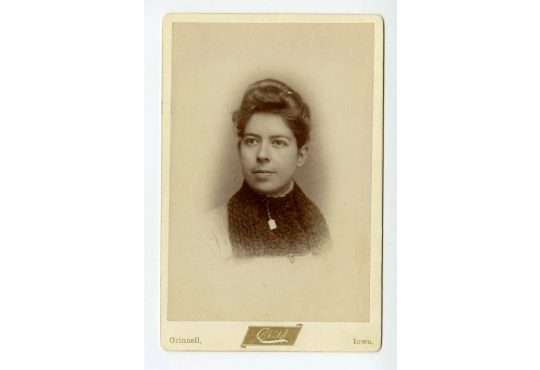The pay gap may not be as wide as it was 50 years ago, but it is still a major conversation point today. This infamous issue has been exposed, debated and even determined to be an outright myth by some. However, some states, such as Oregon, are addressing the issue head-on and are proposing bills intended to help decrease the discrepancy.
According to the Oregon State Legislature website, two House bills were introduced in order to decrease the gender earnings gap. If approved, House Bills 2006 and 2007 would make paying different wages to employees of opposite sex who hold equivalent jobs and punishing employees for discussing or inquiring about wages “unlawful employment practice[s].”
Right now in Oregon, women make approximately 79 cents for every dollar that a man earns, according to a study conducted by the Oregon Council on Civil Rights. This statistic is not as straightforward as it seems, though. Of course there are undoubtedly cases in which women and men hold the exact same job yet are paid differently. However, oftentimes the issue is more complex than blatant gender discrimination.
Many variables should be taken into account in order to fully understand the gap as well as remedy the situation. Consideration should be applied to factors such as the types of jobs that women tend to hold on average, as well as the amount time that women are able to work. The Oregon Employment Department reports that only 30 percent of the state’s technical workforce—one of the higher-paying fields—is women and that men are simply more likely to work full-time than women.
“To address the wage gap, we must address the gap in family care,” Professor Kate Stirling said. “Because women continue to be the primary care-givers within the home, they are forced into the untenable choice between career [and] family.”
Despite the fact that a study by Pew Social Trends revealed that women are the principal source of income in 40 percent of American households with children under 18, there is no regulated system in place to assist with child-care for these “breadwinner moms,” which would be one huge step in decreasing this pay gap.
“[Women] try and often ably handle both of these responsibilities [work and family]—a double shift that is typically not borne by men. In light of that, it is not surprising that women’s full-time earnings are less than men’s,” Stirling said.
This was the goal of the National Organization of Women during the second-wave feminist movement, and it should be the goal today. The 1971 Child Development Act (CDA) was proposed in order to provide childcare for working mothers, priced accordingly to their income. The CDA passed in the Senate (63 to 17 votes); however, President Nixon vetoed the bill shortly after. A similar bill should be proposed today in order to increase the amount of mothers able to work full time, and thereby decrease the gender pay discrepancies.
“In the U.S., we do not have paid maternity and paternity leave; we lack accessible and affordable child care. We need policies such as those to address the wage gap,” Stirling said.
In fact, the day care system that America currently boasts is actually in major need of repair in both cost and quality. The expense of childcare is often overwhelming for families, and especially for single mothers who must work to provide for their families. In fact, in New York, full-time care for an infant costs about 54 percent of the state median income for single mothers, according to research conducted by the Child Care Aware of America.
In terms of quality, childcare centers scored incredibly low in the National Institute of Child Health Development’s study; a majority of centers were rated as either “fair” or “poor” and only 10 percent were scored as providing “high quality child care.” A reworking of America’s daycare systems would directly improve the lives of the 8.2 million children who spend a part of their week in organized child care, as well as the mothers who are struggling to maintain their jobs.
Proposing bills and other behavioral actions in employment centers is a good way to start decreasing the gap between women and men’s wages in the work force; however, it is not enough. In order to truly make a difference, much larger action must be taken to address the root of the more complex problem, instead of simply scratching the surface.





